Rising Incidence of Glioma Cases
The glioma diagnosis-treatment market is experiencing growth due to the rising incidence of glioma cases in the GCC region. Recent data indicates that the prevalence of brain tumors, including gliomas, has increased, with estimates suggesting that approximately 3.5 cases per 100,000 individuals are diagnosed annually. This trend necessitates enhanced diagnostic and treatment options, driving demand for advanced imaging technologies and targeted therapies. As healthcare systems in the GCC strive to improve patient outcomes, investments in research and development are likely to rise, further propelling the glioma diagnosis-treatment market. The increasing awareness of brain tumors among the population also contributes to early diagnosis, which is crucial for effective treatment. Consequently, the market is poised for expansion as healthcare providers adapt to the growing need for specialized care in glioma management.
Government Initiatives and Funding
Government initiatives and funding are crucial drivers of the glioma diagnosis-treatment market. In the GCC, various health ministries are prioritizing cancer research and treatment, allocating substantial budgets to enhance healthcare infrastructure. For example, initiatives aimed at increasing awareness and screening for brain tumors are being implemented, which may lead to earlier detection and improved treatment outcomes. Additionally, public-private partnerships are emerging to foster innovation in glioma therapies, with funding directed towards clinical trials and research projects. This financial support is essential for developing new diagnostic tools and treatment options, thereby expanding the glioma diagnosis-treatment market. The commitment of governments to combat cancer through strategic investments is likely to yield positive results, enhancing the capabilities of healthcare providers in managing glioma cases effectively.
Growing Patient Awareness and Advocacy
Growing patient awareness and advocacy are significantly impacting the glioma diagnosis-treatment market. As more individuals become informed about gliomas and their treatment options, there is an increasing demand for comprehensive care. Advocacy groups in the GCC are actively promoting education about brain tumors, which encourages patients to seek timely medical attention. This heightened awareness is likely to lead to earlier diagnoses, ultimately improving treatment outcomes. Furthermore, patient advocacy organizations are collaborating with healthcare providers to ensure that glioma patients receive the necessary support and resources throughout their treatment journey. This trend not only empowers patients but also drives healthcare systems to enhance their glioma management protocols. As patient engagement continues to rise, the glioma diagnosis-treatment market is expected to expand, reflecting the growing need for tailored treatment solutions.
Integration of Multidisciplinary Care Approaches
The integration of multidisciplinary care approaches is emerging as a key driver in the glioma diagnosis-treatment market. This model emphasizes collaboration among various healthcare professionals, including neurologists, oncologists, radiologists, and surgeons, to provide comprehensive care for glioma patients. In the GCC, healthcare institutions are increasingly adopting this approach, recognizing that a coordinated effort can lead to improved patient outcomes. By combining expertise from different specialties, treatment plans can be tailored to meet the unique needs of each patient, enhancing the effectiveness of therapies. Additionally, multidisciplinary teams facilitate better communication and decision-making, which is crucial in managing complex cases. As this trend gains traction, the glioma diagnosis-treatment market is likely to benefit from enhanced treatment protocols and improved patient satisfaction, ultimately leading to better health outcomes.
Technological Innovations in Treatment Modalities
Technological innovations are significantly influencing the glioma diagnosis-treatment market. The introduction of novel treatment modalities, such as immunotherapy and targeted therapies, has transformed the landscape of glioma management. For instance, the use of tumor-treating fields (TTFields) has shown promising results in clinical trials, potentially improving survival rates for patients with glioblastoma. Furthermore, advancements in surgical techniques, including minimally invasive procedures, are enhancing the precision of glioma resections. The GCC region is witnessing an influx of cutting-edge technologies, with healthcare institutions investing in state-of-the-art equipment to provide optimal care. This trend not only improves patient outcomes but also attracts international collaborations and investments, thereby stimulating the glioma diagnosis-treatment market. As these innovations continue to evolve, they are expected to play a pivotal role in shaping treatment protocols and enhancing the overall efficacy of glioma therapies.


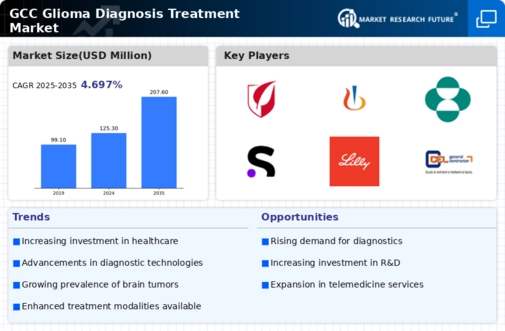
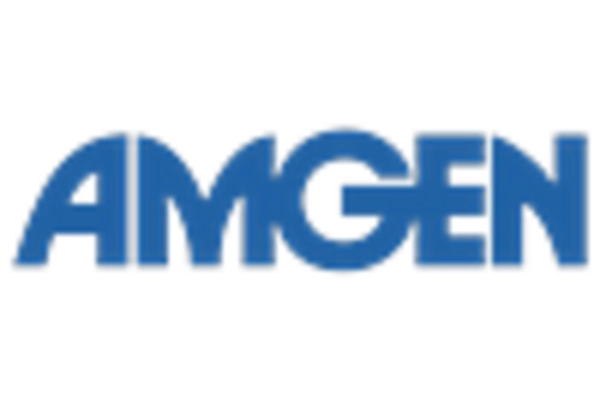
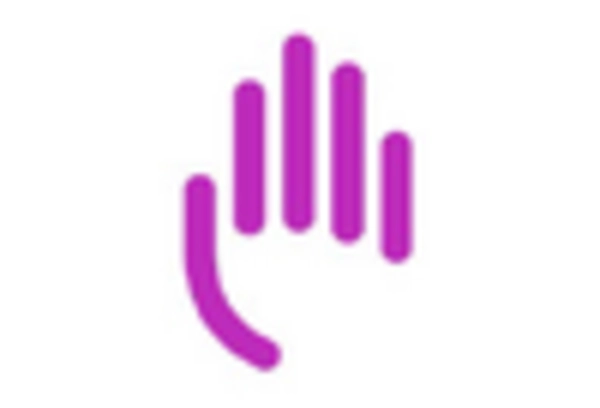
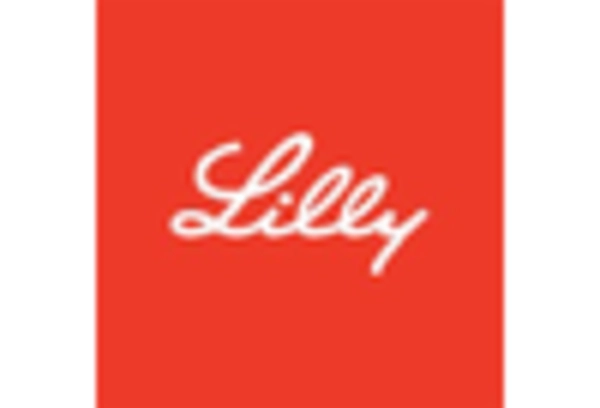
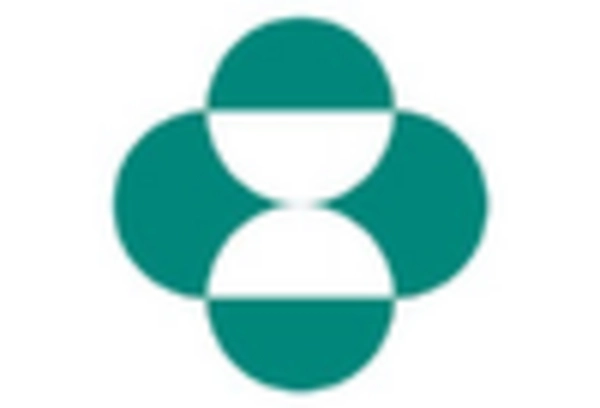
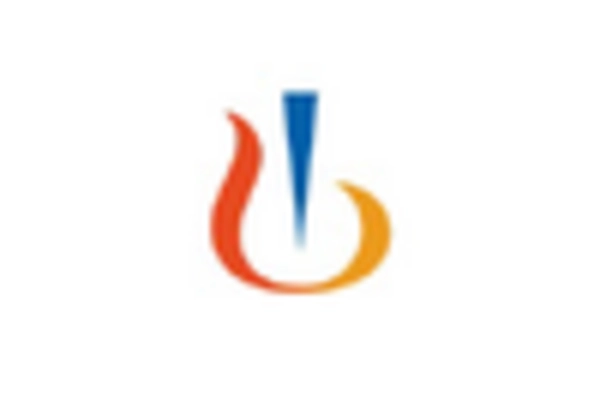
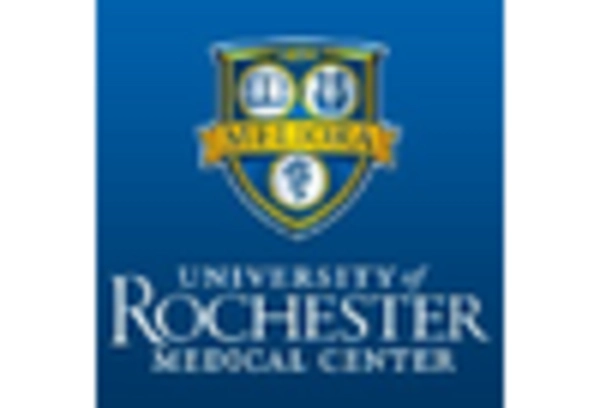








Leave a Comment